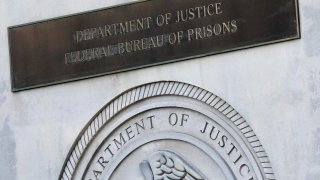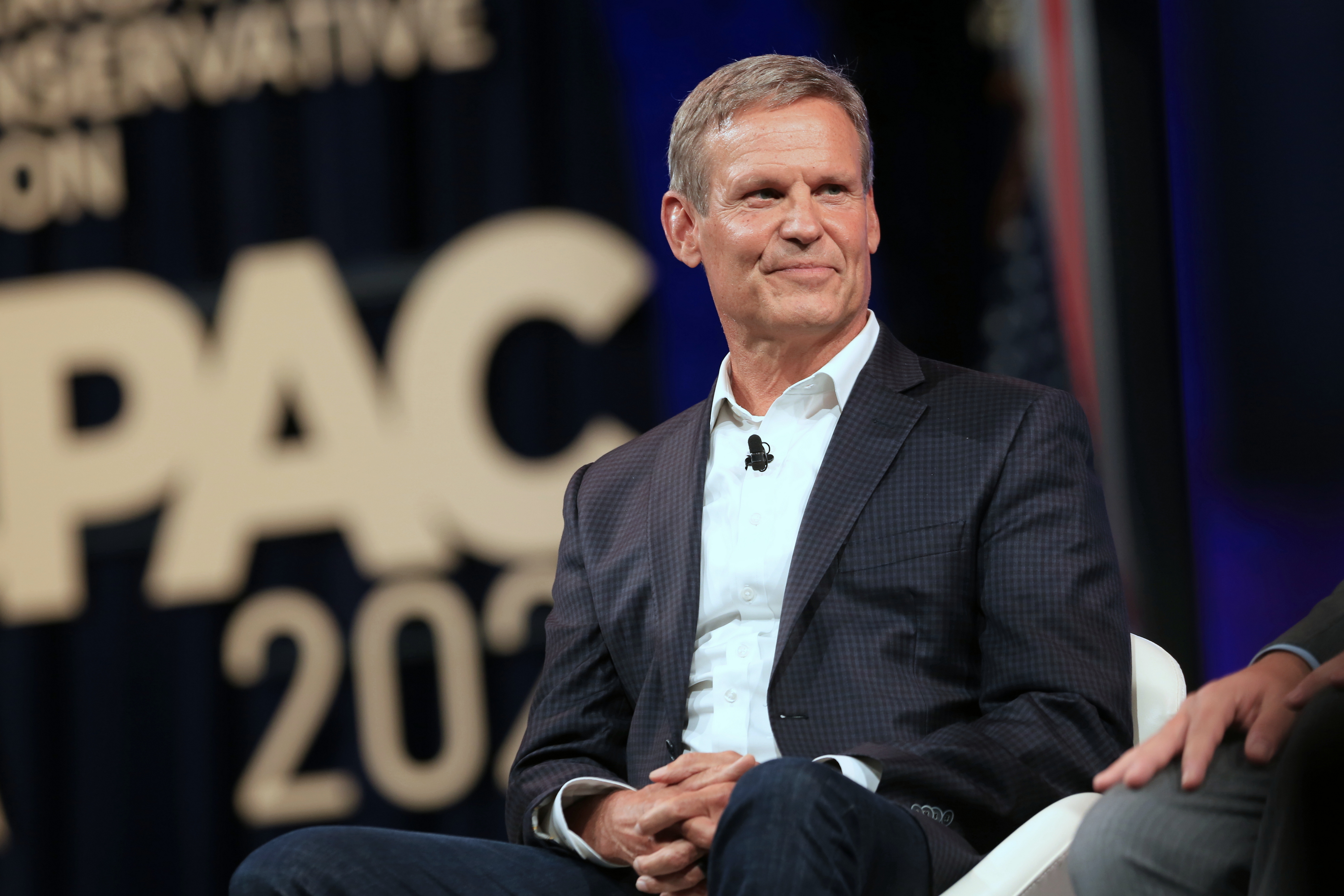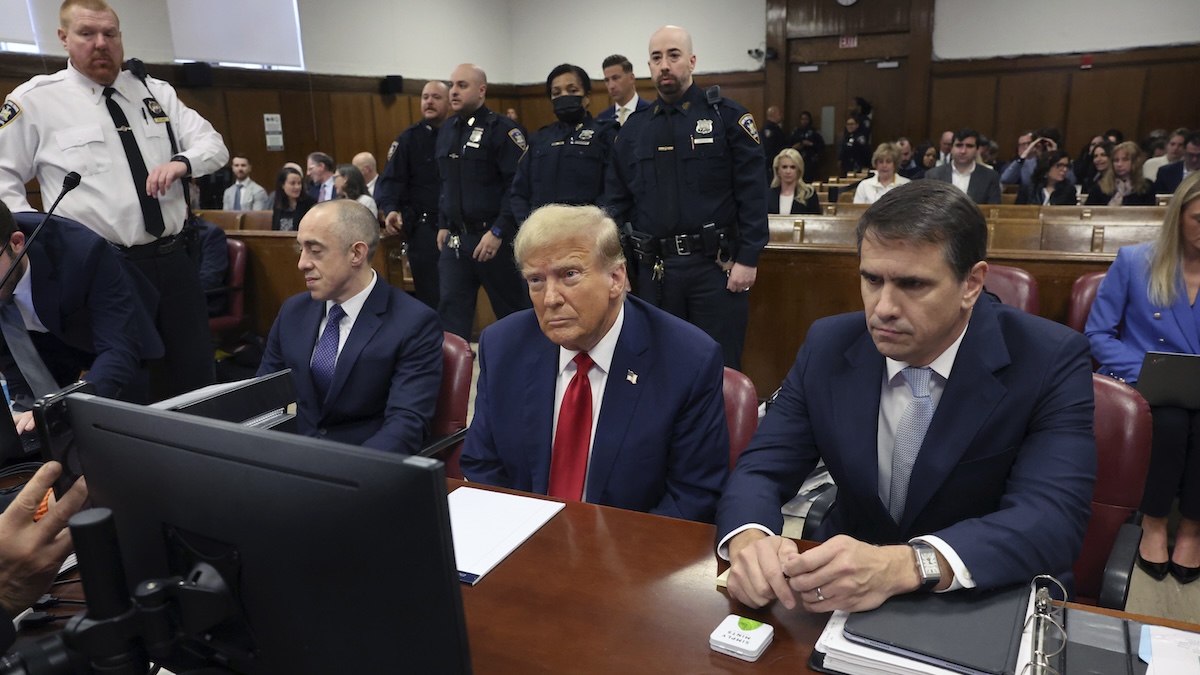
President Joe Biden took quick action after his inauguration to start shifting federal inmates out of privately run prisons, where complaints of abuses abound.
“It is just the beginning of my administration’s plan to address systemic problems in our criminal justice system,” Biden promised in January as he signed an executive order on the matter.
The administration also is expected to encourage reductions in bulging state and local prison populations by allowing the use coronavirus relief dollars to help reduce overcrowding.
But in both of these efforts, Biden is overlooking a prime -- and, in some ways, easier -- target for improving the conditions of incarcerated people: the federal Bureau of Prisons.
Get Boston local news, weather forecasts, lifestyle and entertainment stories to your inbox. Sign up for NBC Boston’s newsletters.
While most criminal justice overhauls require action from local officials or legislation, reforming the federal prison system is something Biden and his Justice Department control. And there are crying needs there for improvement.
Even before the coronavirus, federal prisons were plagued by violence, suicide, escapes, understaffing and health concerns. The pandemic made things worse. And now these facilities are set to absorb even more prisoners from private institutions that are no longer in business with the government.
Advocates say that while the Democratic president has talked a good game, his actions tell a different story, particularly because the Justice Department has refused to reverse a legal opinion requiring inmates released during the pandemic to return to prison.
Politics
“There isn’t an appetite in the administration to act,” said Inimai Chettiar of the Justice Action Network.
The administration has prioritized infrastructure as its top legislative target and is intently focused on working to contain rising coronavirus cases. Other issues -- like prisons -- have prompted impassioned speeches but less action. Administration officials say it’s just been six months, a half-year colored by the virus, and much more is in store.
But a key part of Biden’s agenda is combating racism, and nowhere is racial equity a more fraught issue than inside prisons -- institutions that first proliferated in the 1800s as a way to lock away Black men for minor offenses after the abolition of slavery and that are still disproportionately filled with Black people.
In his January speech on racial equity in which he issued the prisons order, Biden said it was a step “to stop corporations from profiteering off of incarcerating -- incarceration that is less humane and less safe, as the studies show.”
Meanwhile, the number of federal prisoners is rising. Defendants end up in federal prison usually because their crime crossed state lines, or they violated a specific federal law. There are about 156,000 federal inmates. In total, 38% are Black and 57% are white, 1.5% Asian and 2.4% Native American.
Most are serving sentences between 5 and 20 years, and 46% of those sentences are for drug offenses. Another 20% are for weapons, explosives or arson charges.
The administration can’t control the laws that get someone sent to prison. But it can control staffing, transparency, health care, the use of solitary confinement and, most of all, agency leadership.
The head of the Bureau of Prisons is a Trump holdover, Michael Carvajal, who has been in charge as the coronavirus raged behind bars, infecting more than 43,000 federal inmates. He also oversaw an unprecedented run of federal executions in the last six months of Donald Trump's presidency that was a likely virus super spreader.
Administration officials have been mulling whether to replace him, but no decision has been made, according to officials who spoke to The Associated Press.
One question they should be asking, according to Andrea Armstrong, a Loyola Law School professor who studies prisons, is whether the director’s role is to do more than keep operations running smoothly.
“Real leadership,” she says, “would be convening people incarcerated, wardens and programming staff together to say, OK, we have an enormous problem ... how do we address this?”
Armstrong and other advocates do not diminish what has been done already in six months, including the private prisons order and a moratorium by the Justice Department that halted federal executions.
It’s just they had higher hopes for action, including a more definitive end to executions, especially because Biden is the first president to openly oppose the death penalty. And they hoped he would push harder to make sure the Justice Department was implementing changes enacted under former President Donald Trump.
The “First Step Act,” approved in 2018, gives judges more discretion when sentencing some drug offenders, eases mandatory minimum sentences and encourages inmates to participate in programs designed to reduce the risk of recidivism, with credits that can be used to gain an earlier release.
But those programs can’t be completed right now, because there are not enough workers to facilitate them. Nearly one-third of federal correctional officer jobs in the United States are vacant, forcing prisons to use cooks, teachers, nurses and other workers to guard inmates.
“There need to be enough people working in a prison to keep people housed in a prison safe. And they must be able to get access to the programs that should allow their release,” said Maria Morris of the American Civil Liberties Union’s National Prison Project.
Under Trump, the Bureau of Prisons wasn’t granting the early-release credits that inmates were due. In addition, the absence of a uniform policy on masks and hygiene led to massive coronavirus outbreaks.
More than 28,000 inmates were released as part of an effort to ease pandemic conditions as long as they met certain criteria, including they were not likely a danger to others. But about 1,900 of the more than 7,000 people who remain on home confinement - the others completed their sentences - likely have to go back, and advocates question why it is necessary to send them back, particularly as the highly transmissible delta variant surges.
A legal opinion issued in the waning weeks of the Trump administration said the remaining inmates would have to return to prison at the end of the coronavirus emergency, and the Biden administration appears on track to stand behind that legal interpretation.
That approach is frustrating civil rights groups and advocates who say Biden is ignoring opportunities for real reform.
“If the president is really trying to walk back from his ’94 crime bill and be supportive of criminal justice reform, it would just be completely in conflict to allow these individuals to return to prison,” Chettiar said, referring to Biden’s support as a senator of a bill that was aimed at reducing crime and wound up sending thousands more to prison.
Advocates for the incarcerated are puzzled by the president’s reluctance to step in on matters that could be addressed with the stroke of a pen or internal changes.
“It is clear it is their willingness and not their inability,” Chettiar said.



